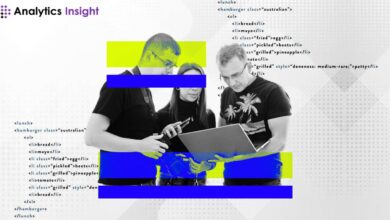Data Analytics
10 Ways to Become Data Driven. What does it mean to be data-driven? | by Catherine Breslin | Apr, 2024

Many organisations collect large amounts of data, and often have an aspiration to be data-driven. But, what does that mean in practice?
Firstly, it means that data is used to inform business decisions, and that company goals are tied to outcomes that can be measured by data. Second, data-driven is a philosophy that pervades the entire business and all business functions, not just handed off to a data team to manage.
There are some prerequisites then that need to be in place, for an organisation to have a chance of being successful at data-driven decision making.
- High level of data literacy throughout the organisation — ongoing education and advocacy to raise and keep high levels of awareness amongst employees.
- A high level of data quality in the data that the organisation collects. Teams assume others will use their data, and ensure reliability for downstream users as a part of their scope.
- A culture of data use across departments, including reporting, measurement, analysis and storytelling. There’s a culture of “asking questions of the data”.
- Data is used during design to craft outcome-oriented business objectives, and also to retrospectively evaluate the impact of product releases.
- Building and embedding data use into processes from the earliest stages, rather than retrofit data later.
- Individuals have access to the data they need. Organisation-wide policies about data access and governance exist, are understood and implemented throughout the company.
- Company-wide agreement on data best practices, and how to share knowledge, rather than each team implementing their own interpretation.
- One or more forums to bring cross-functional teams together and discuss the decisions that are being made with data, including at the highest levels of the organisation.
- Data analytics and insight are designed in a self-serve fashion, rather than being handed to a single data team to design and deliver individual analyses.
- Experimentation is encouraged.



